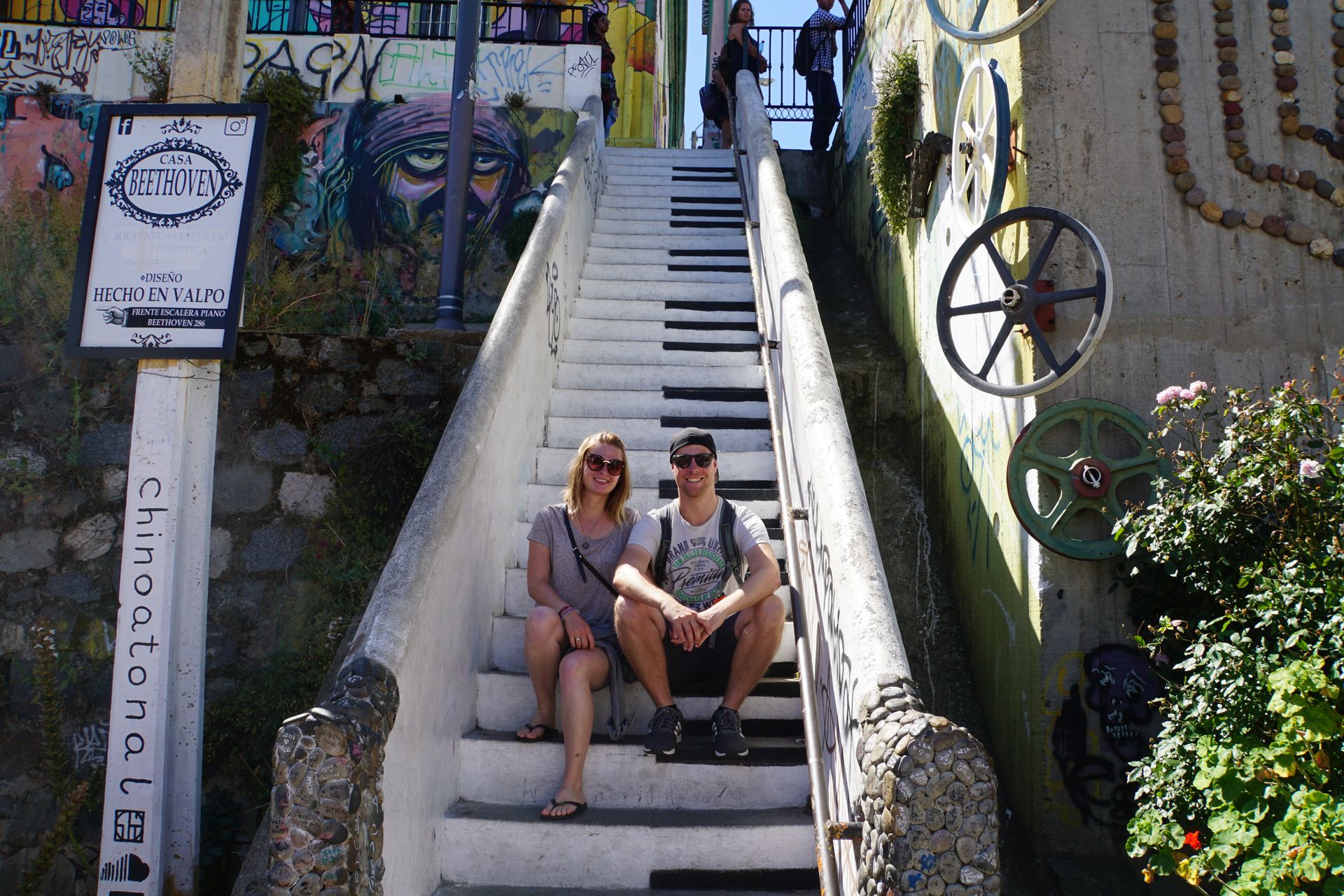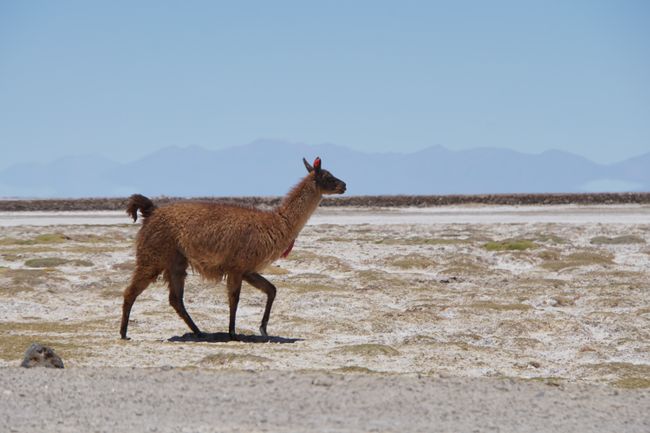Torres del Paine National Park
Naipablaak: 29.12.2018
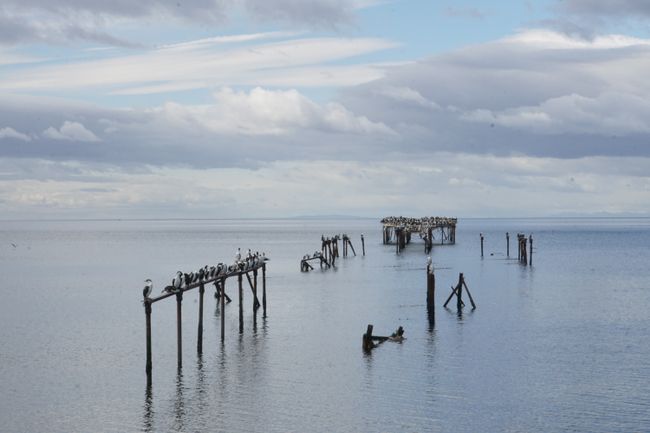
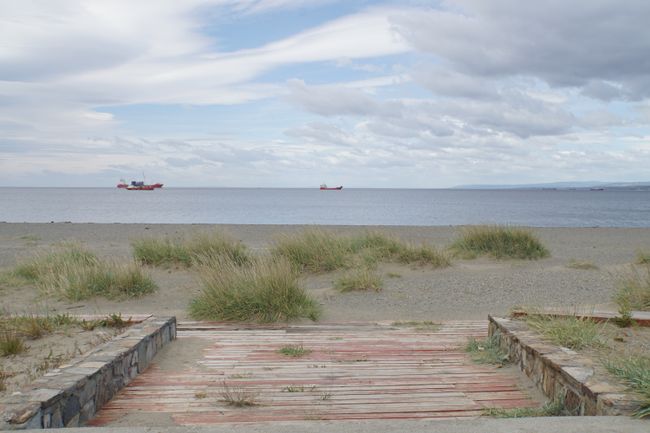
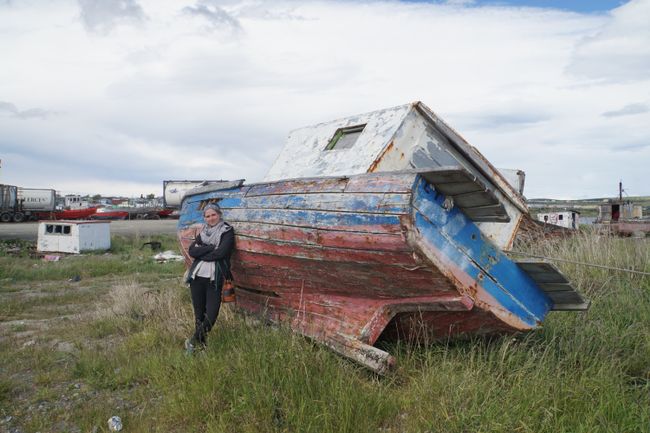
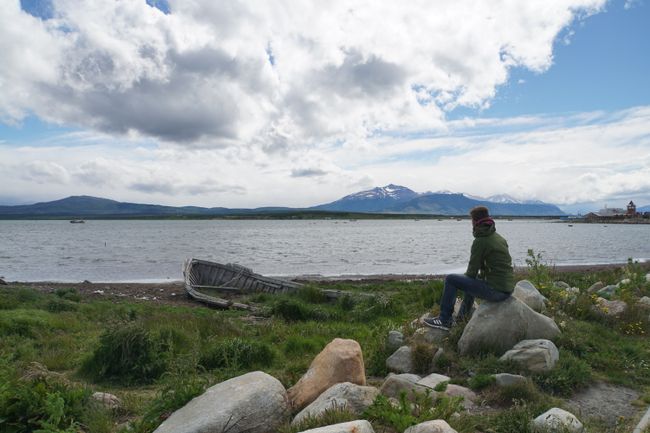
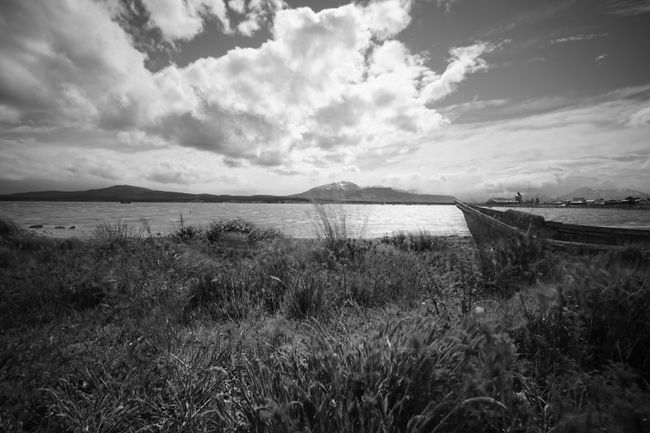
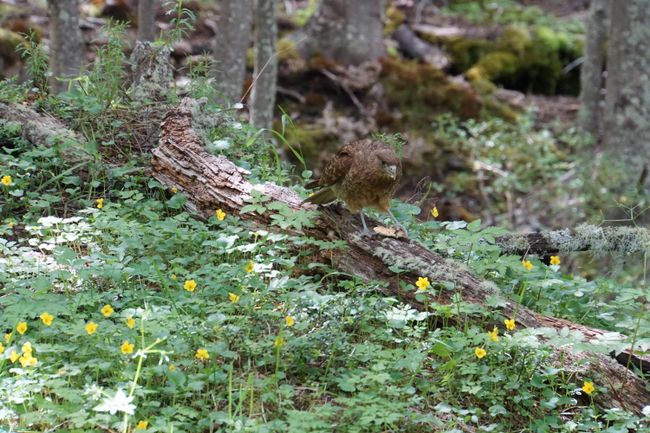
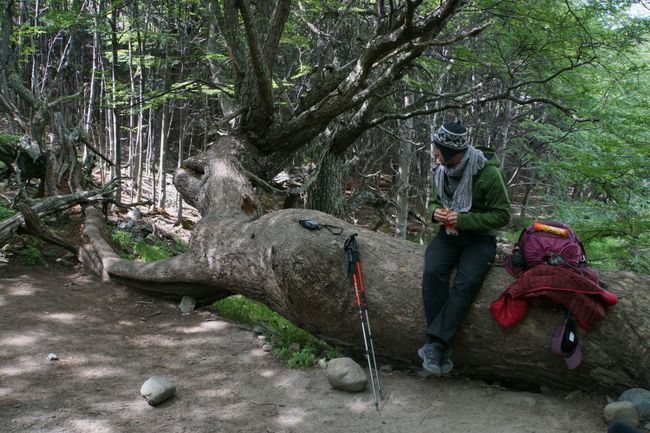
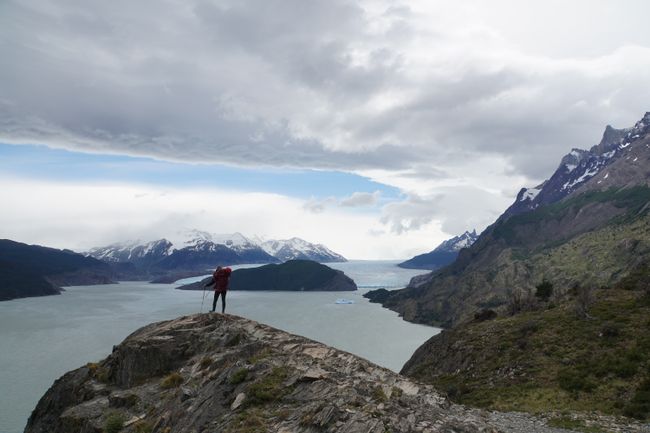
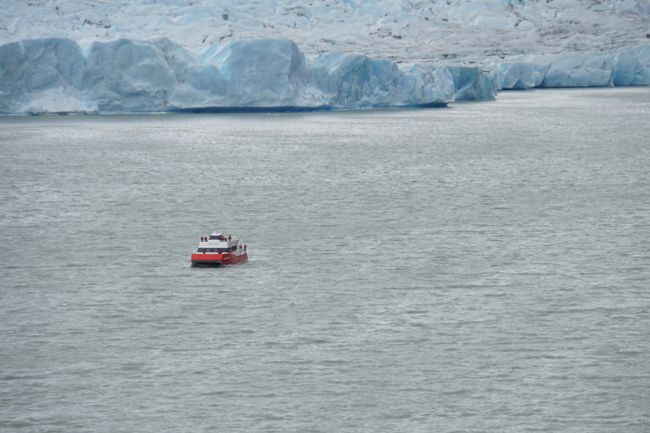
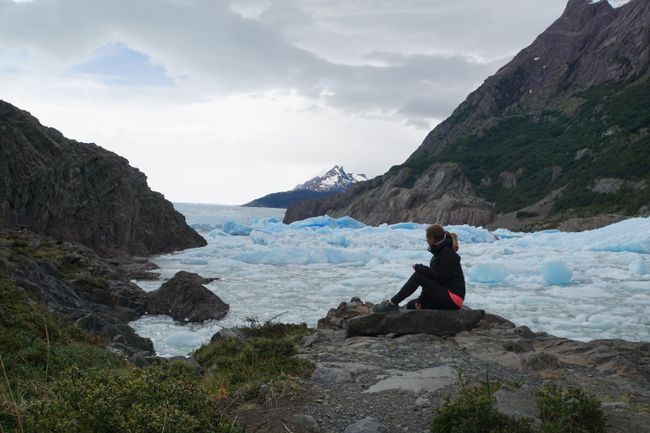
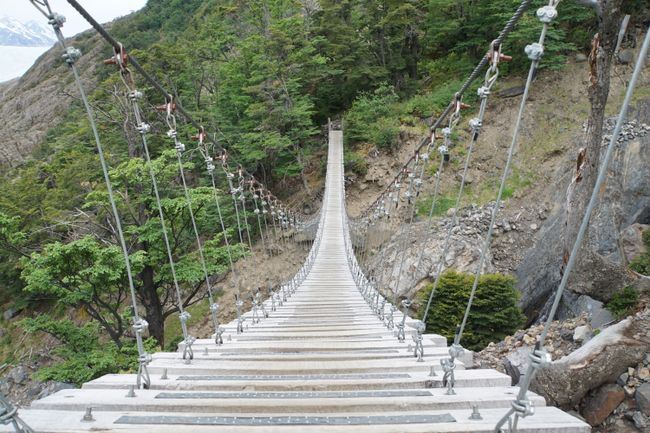
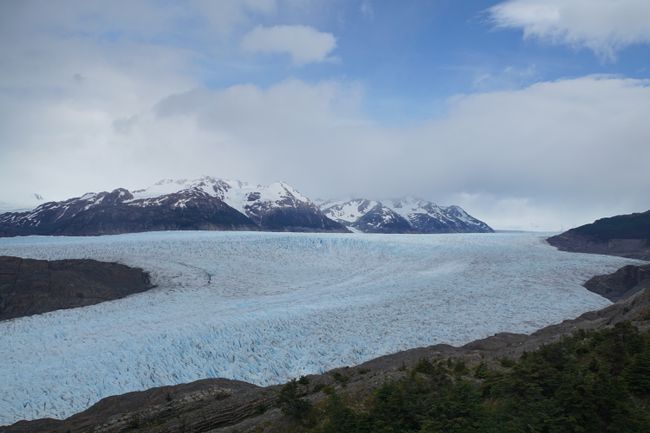
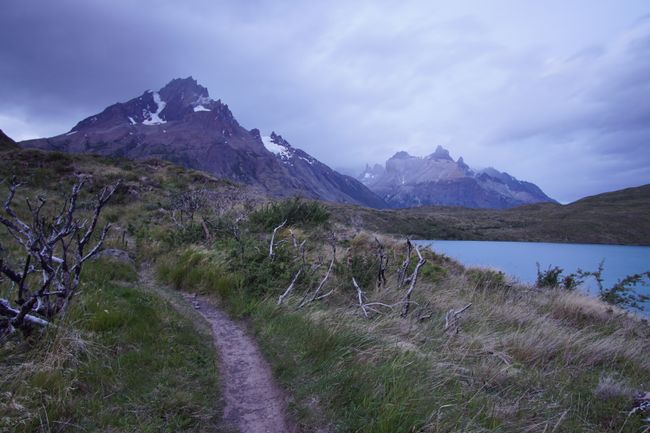
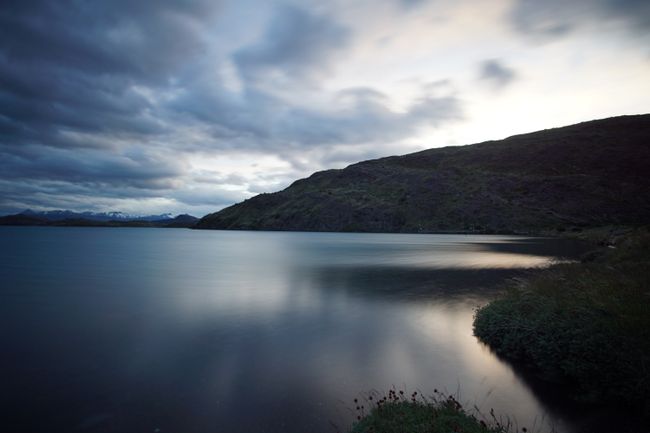
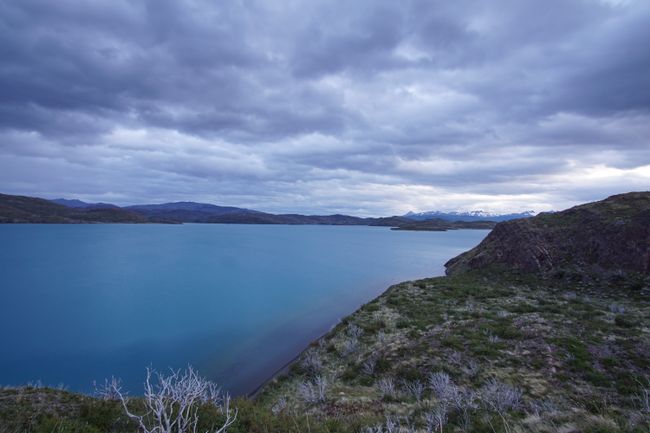
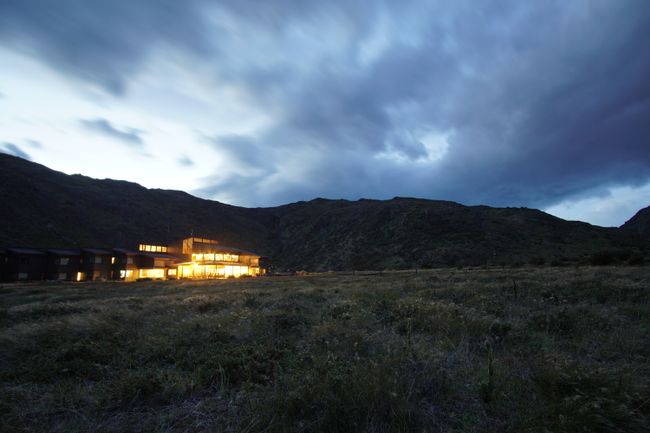
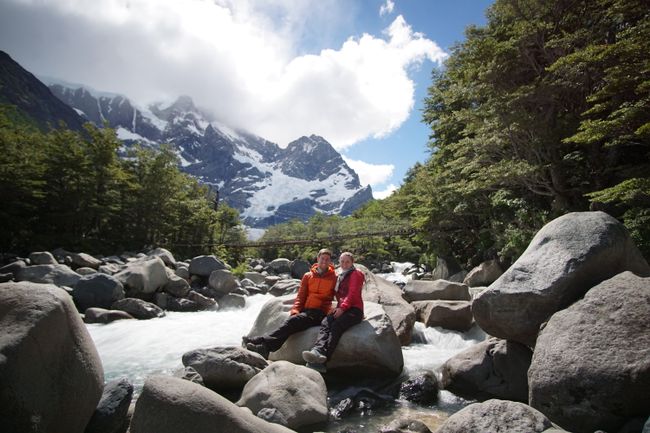
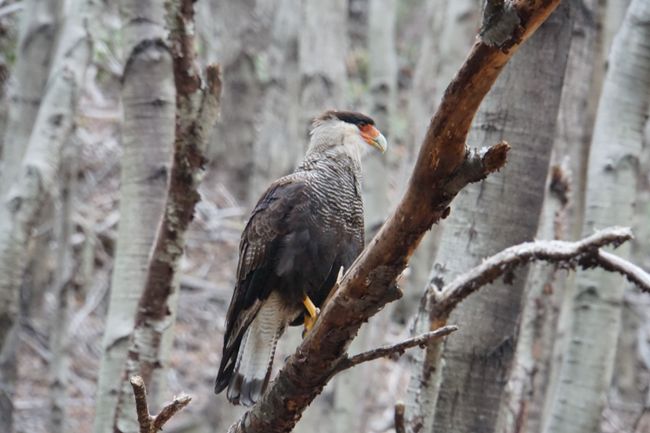
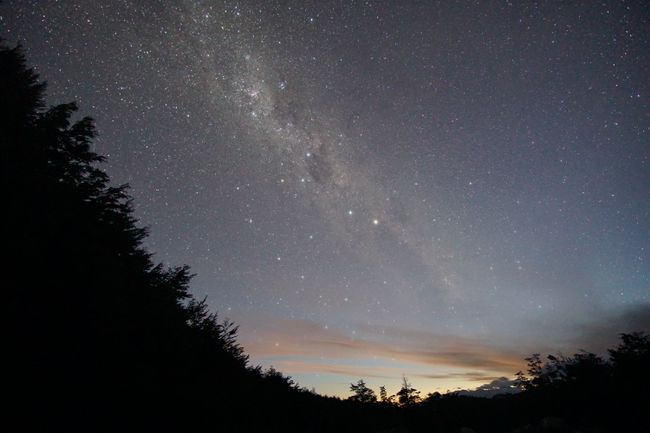
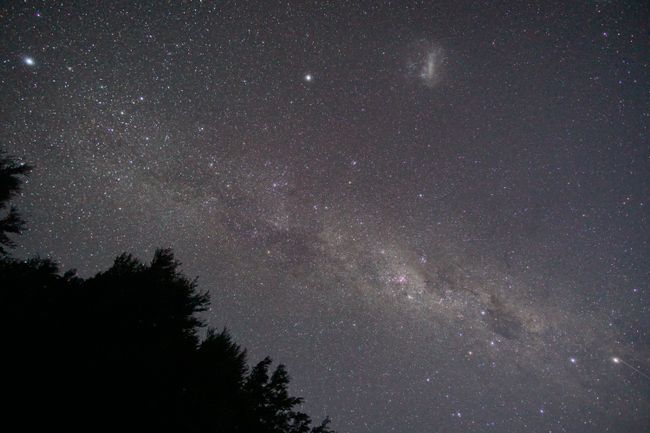
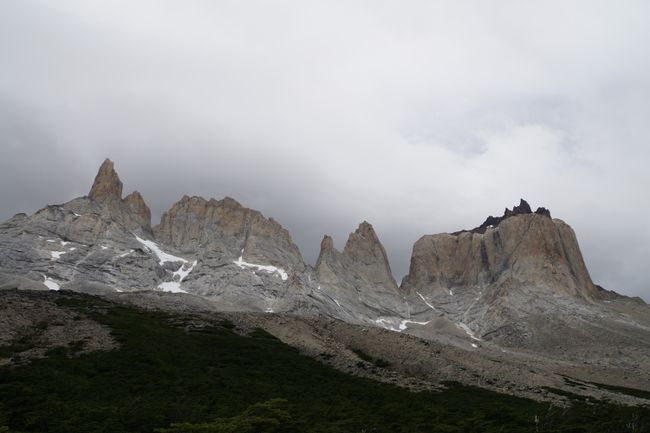
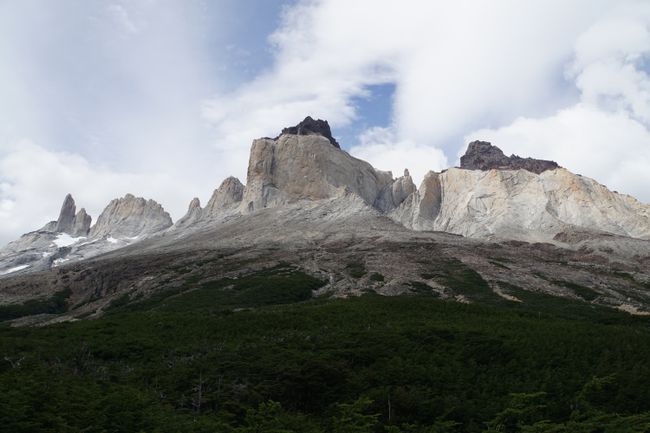
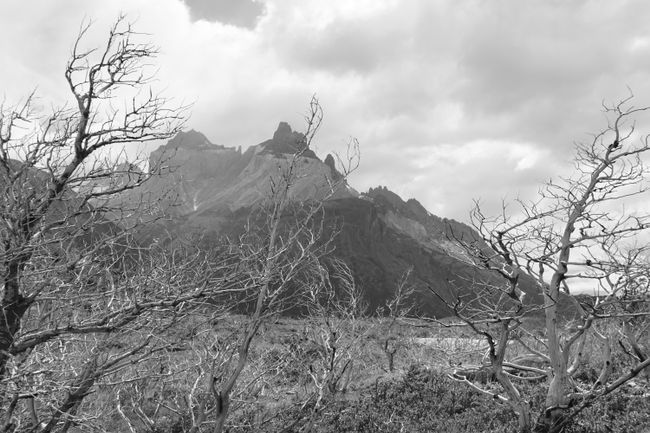
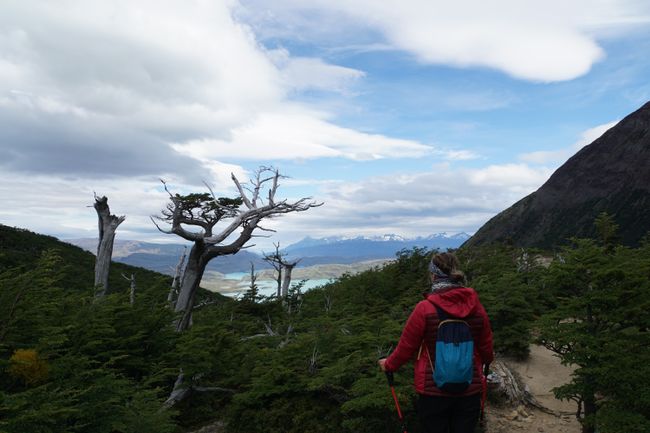
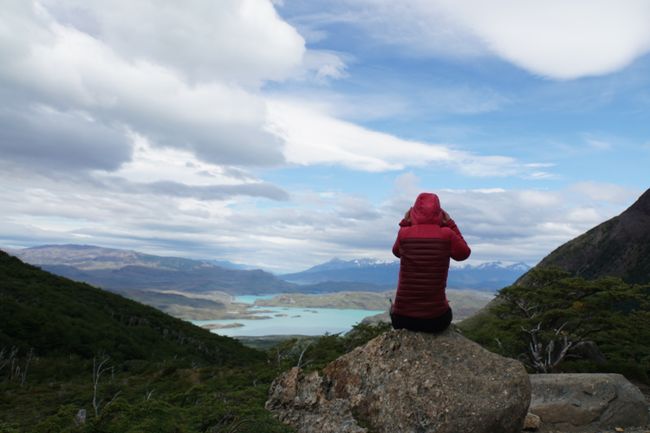
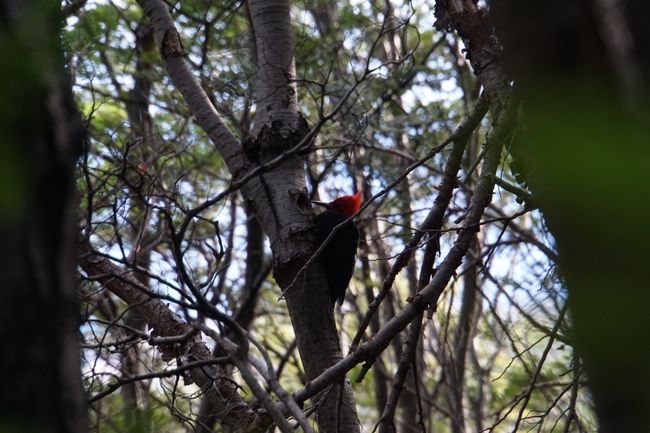
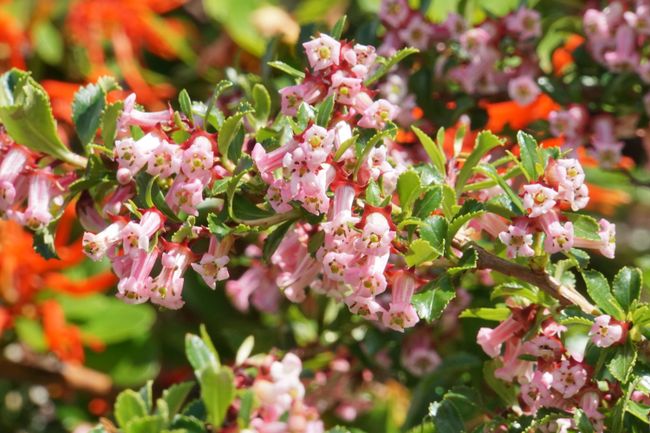
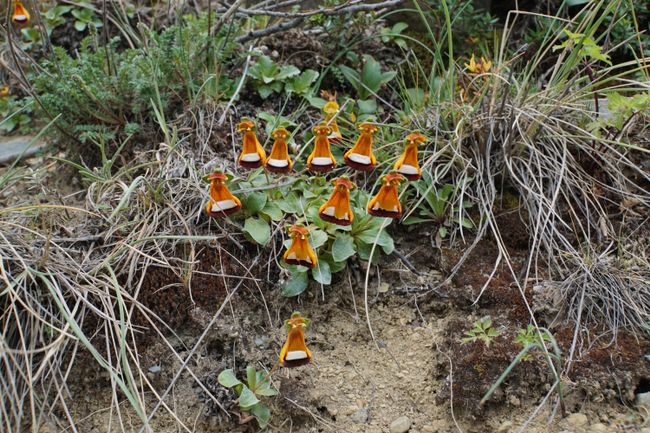
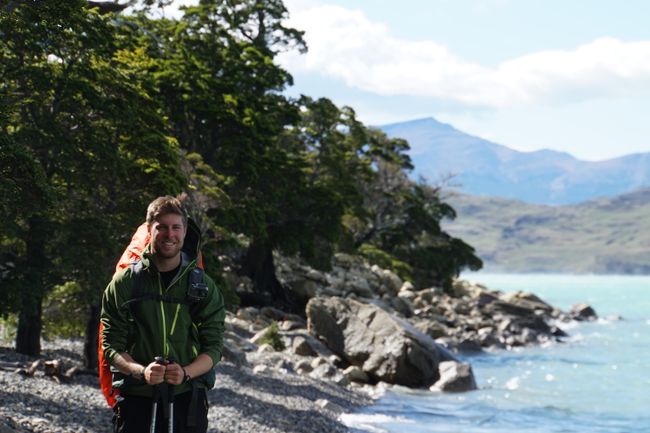
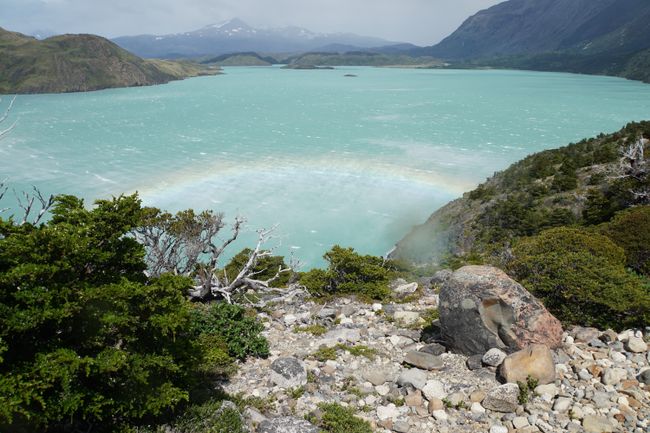
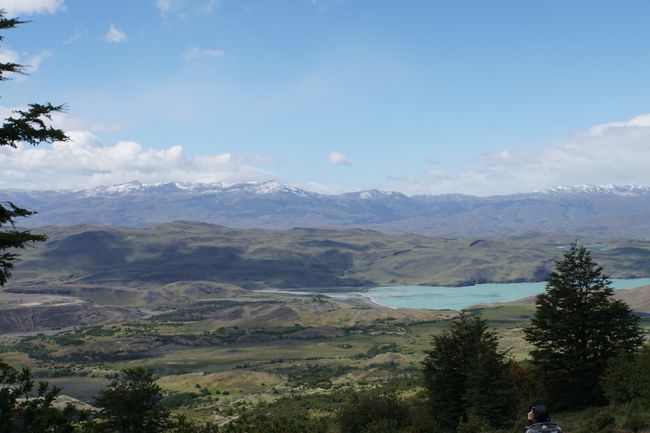
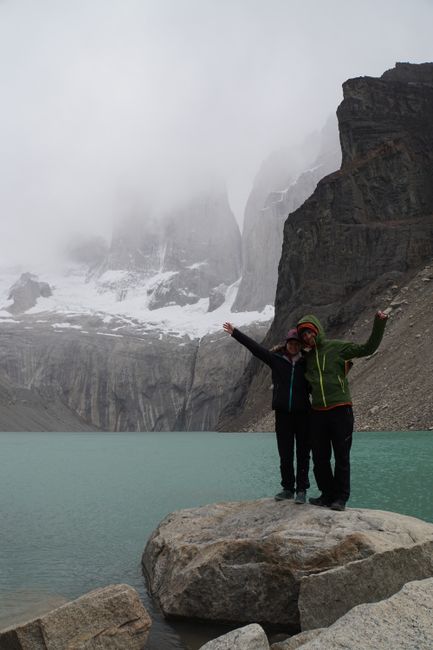
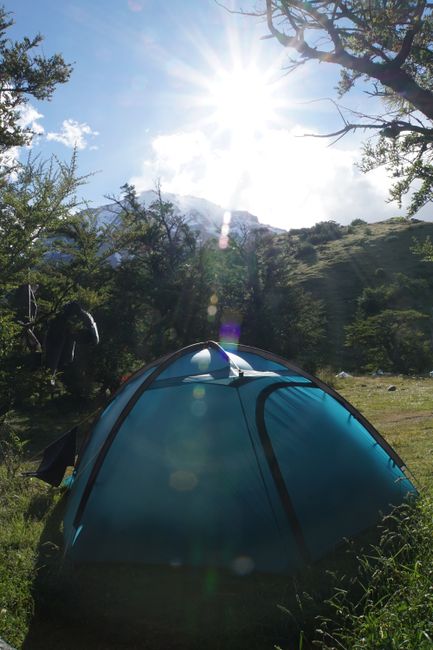
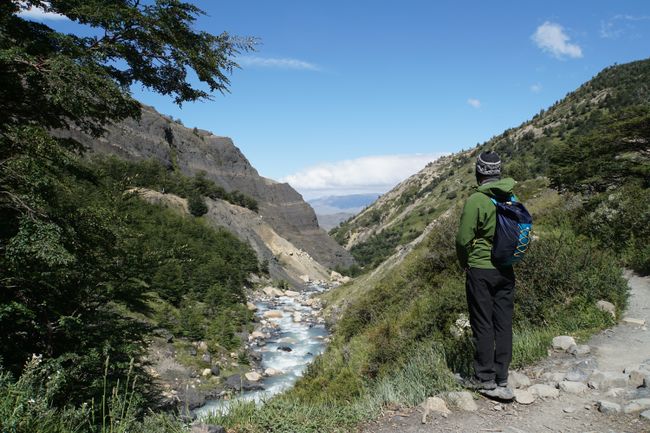
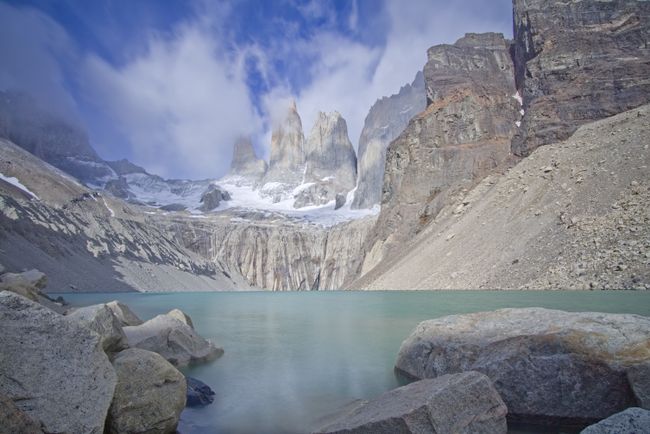
Agsubscribe iti Newsletter
After
our - admittedly very short - stay in the hot and dry north of Chile,
we fly to the south to explore Chile's Patagonia. We had already booked our
tickets and campgrounds at Torres del Paine National Park from Germany, so our entry date is fixed.
(As a tip for anyone planning to visit this park: Booking from
Germany is a nightmare as three different providers manage the campsites, but it is necessary. We were not extensively checked, but we were still there shortly before the peak season. However, it is also possible to book the treks on-site, but we would not rely on it. And day trips are not a real alternative in our eyes!).
On the way to the national park, we have two more small stops. The first one is Punta Arenas, where we land and spend the morning. We use the time for a hearty breakfast and a stroll along the beach promenade. Fortunately, we can leave our luggage at the bus terminal. There is not much to see in the city of 130,000 inhabitants, so a few hours are enough. There are several palaces of former sheep barons to be seen around Plaza de Armas. From the waterfront, you can see the Strait of Magellan and the northern coast of Tierra del Fuego. The city is also the starting point for all excursions to Tierra del Fuego and Cape Horn. Politically, the city gained importance in the competition with Argentina for the first settlement of the southern tip of the continent.
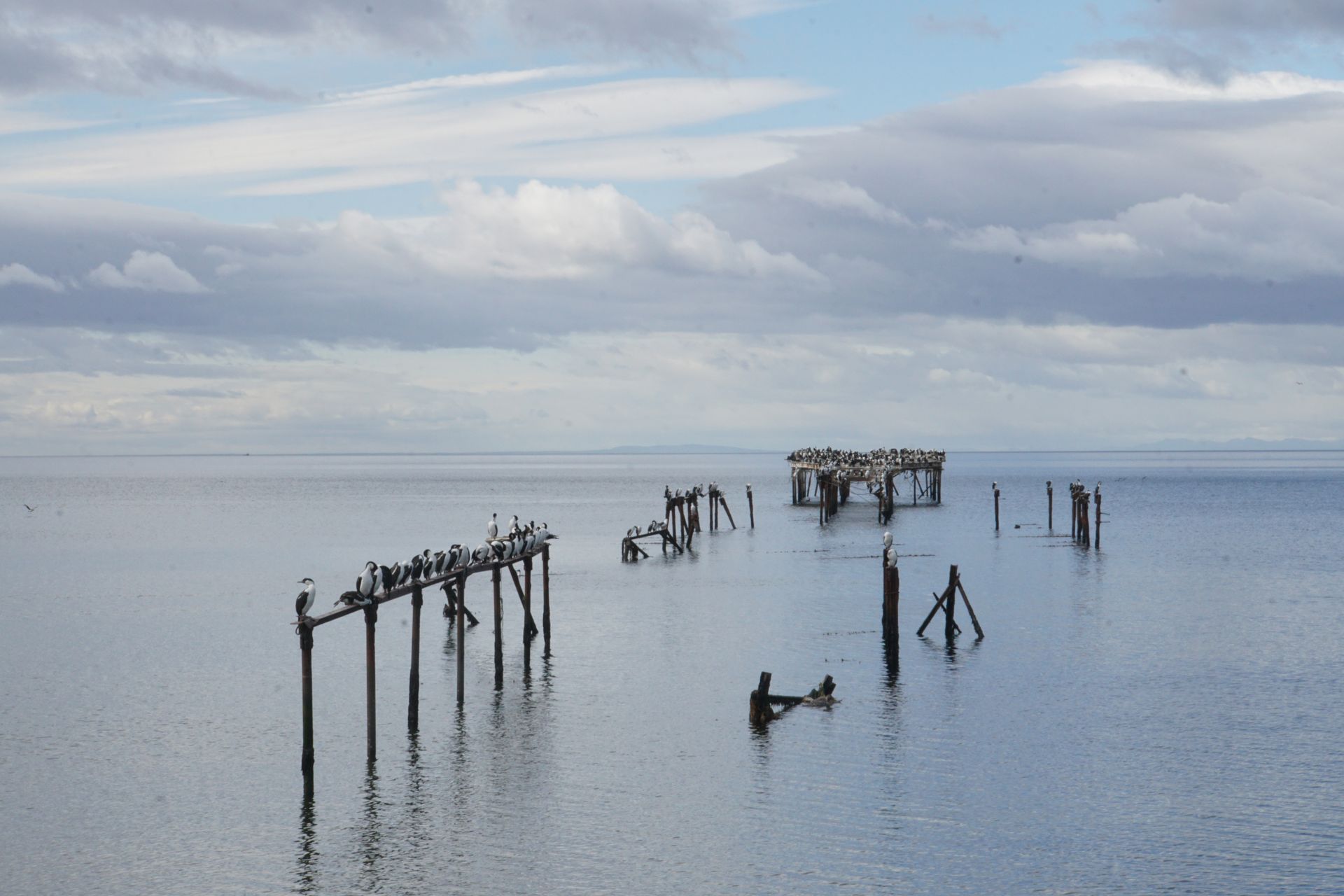
View of Tierra del Fuego from the waterfront
We spend the next three hours on the bus to Puerto Natales. Once there, we only buy a small snack to eat and then go to bed, as we had very little sleep last night due to the 5-hour layover at Santiago Airport. In Puerto Natales, we spend the next day and night. We use the day to explore the small town (around 25,000 inhabitants) and prepare for the trek - mainly by buying food. The town itself is very sleepy. Tourists mainly come to visit the Torres del Paine National Park from there. Many hostels and restaurants can be found in the small streets of the provincial town, the supermarket has all kinds of instant soups and noodles on the shelf, and bus tickets to the park and gas cartridges can be purchased at the hostel reception.
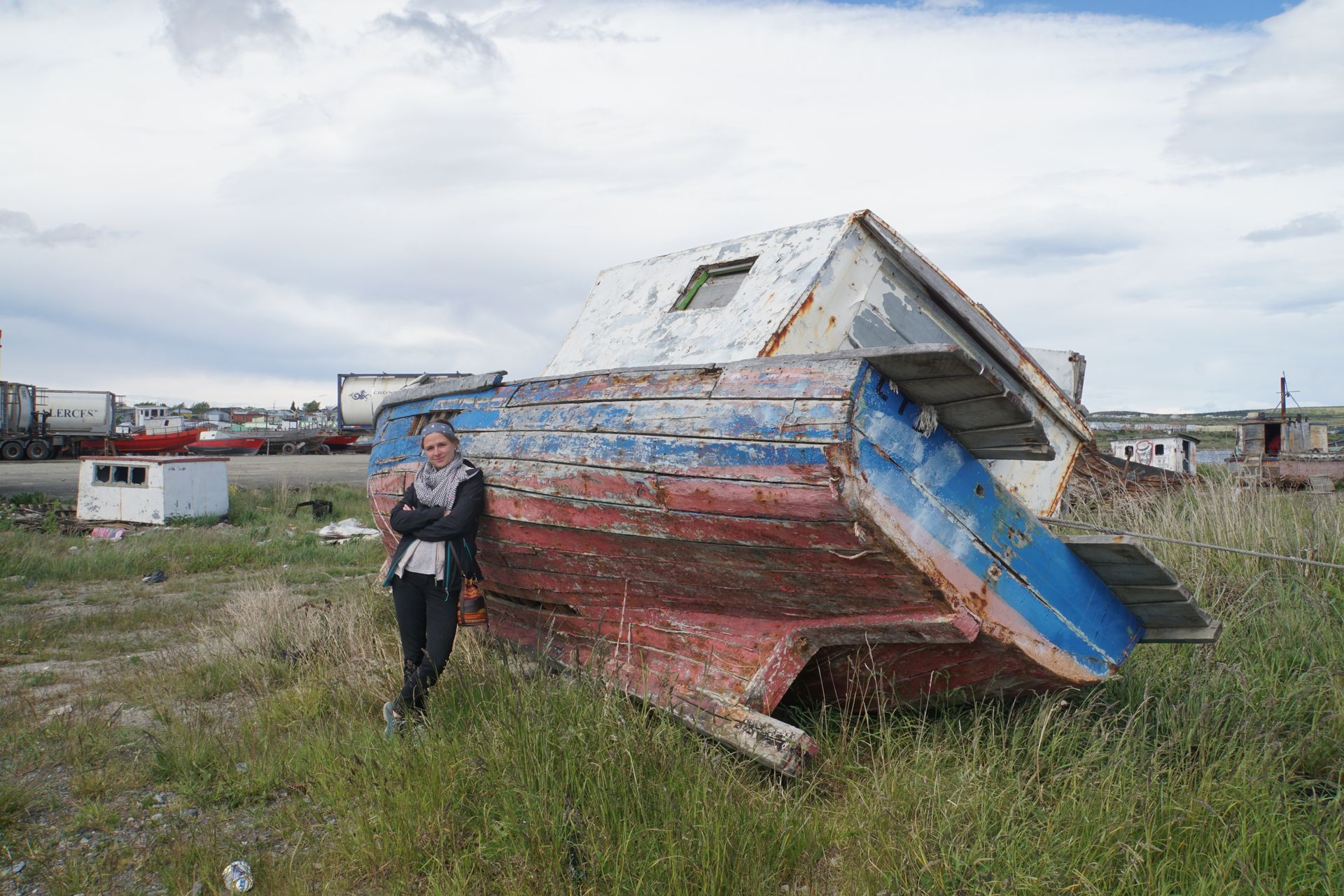
Old shipwreck at the port of Puerto Natales
The next morning, we take the bus to the national park at half past seven. There is a bit of hustle and bustle, as four girls have been occupying the two bathrooms since 6 o'clock and think they all need to take a thorough hot shower -.- hostel life can be so beautiful.
Upon arriving at the park, we continue by catamaran to the starting point of the hike. There are three ways to explore the park: the W-Trek, the O-Trek, and day trips. When we booked the campsites in September, we decided to do the W-Trek. Since some campsites were already fully booked, we are now spending six days in the park instead of the suggested four to complete the "W". It should not be a problem for us, but more on that later.
In the evening, we go to the viewpoint near the Refugio. There, we can see the Grey Glacier up close for the first time. During the hike to the Refugio, we could catch glimpses of it, but it looks even more gigantic and the deep blue of the ice is even clearer from up close. The Grey Glacier calves into Lago Grey, one of the largest lakes in the park. Like many other ice giants, the Grey has been melting for years and loses more of its mass every year - climate change is definitely not to be denied here.
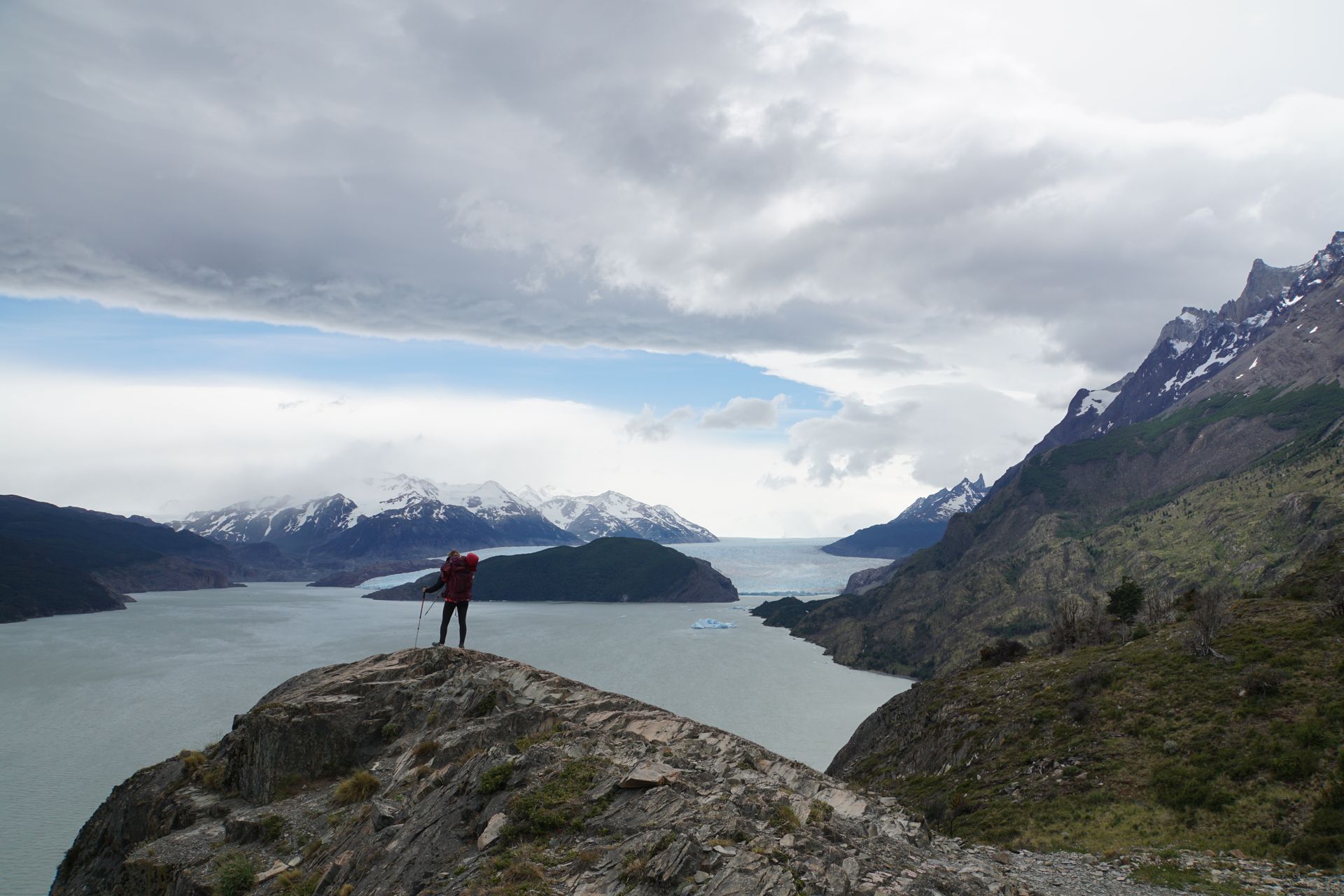
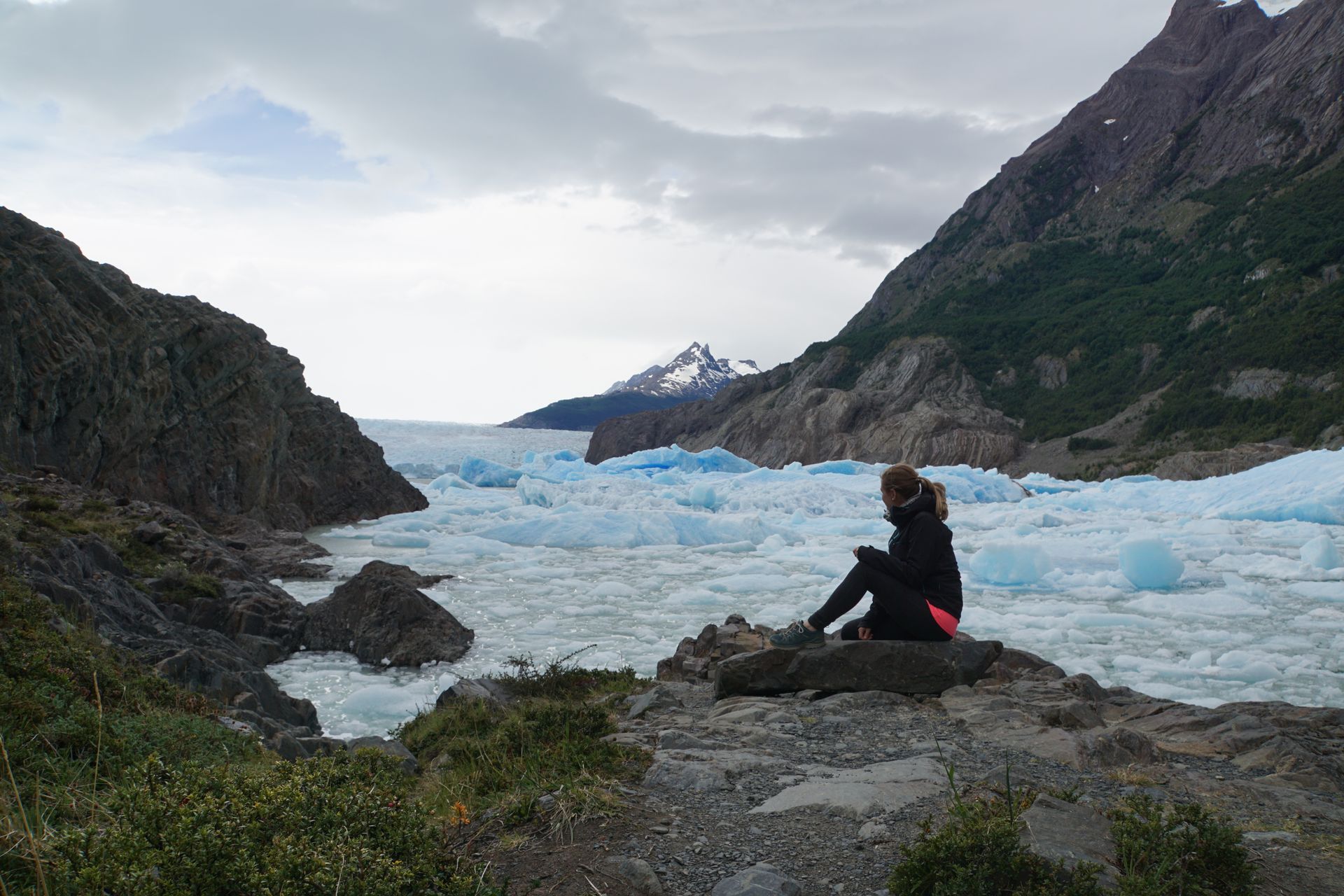
On the second day, we plan to get a little closer to the glacier before returning to Camp Paine Grande for the second night. On the way there, we have to cross two suspension bridges. The second one turns out to be a boss battle for Laura - too high and too long. So I continue alone to the viewpoint, which is located just past the suspension bridge, and am rewarded with a great view of the entire ice field of the Grey Glacier.
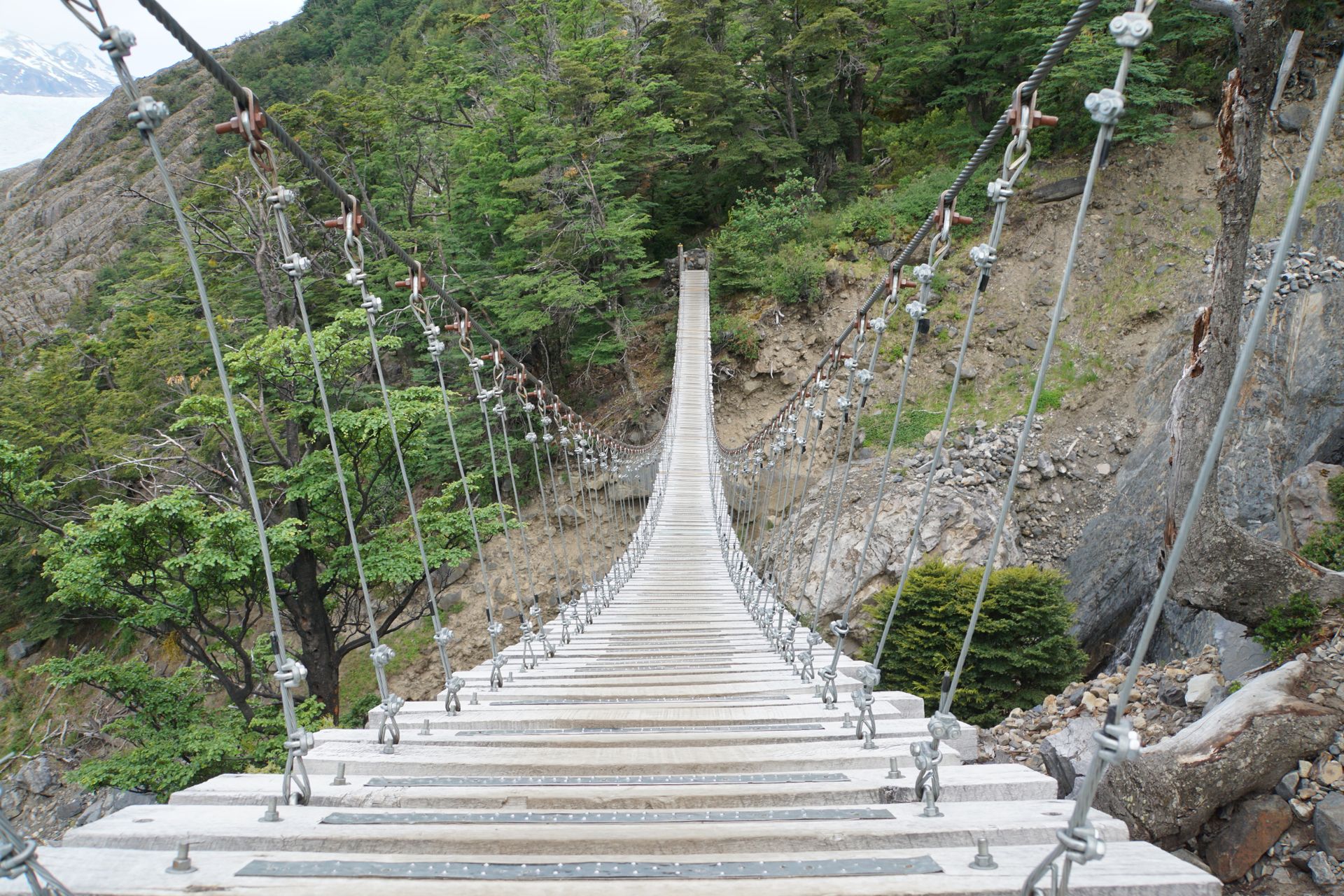
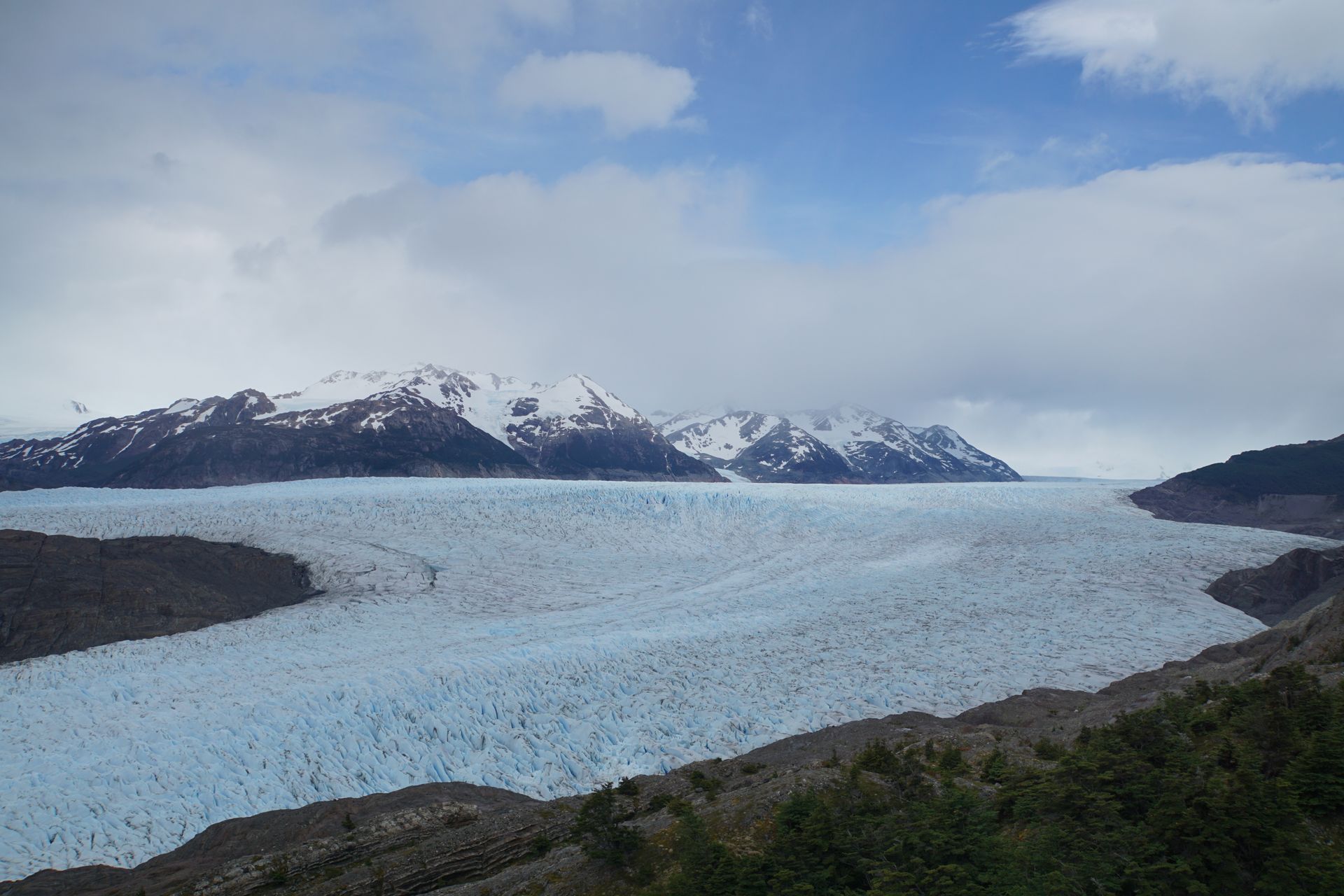
The ice field of the glacier, which splits into three tongues at this point
In the evening at the camp, we cook and shower. The promised warm showers are not available, so the shower experience is very brief. Fortunately, there were a few ladies who still had hot water. So here's a tip for those who still want to go: shower as early as possible!
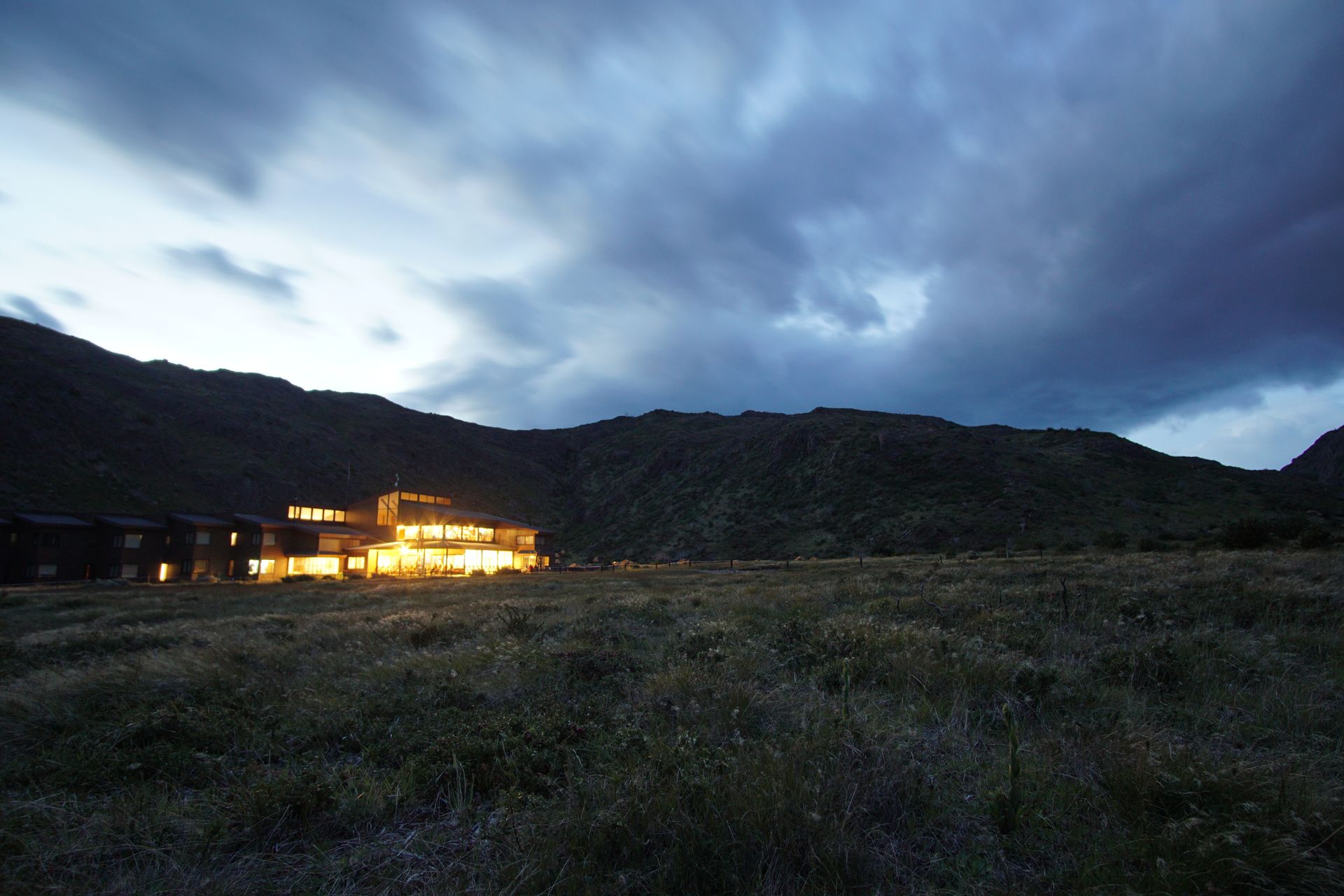
Refugio Paine Grande with its campsite next to it

Evening view of Lake Pehoé
The third day holds little challenge for us. We only have to hike a distance of 2.5 hours to Campamento Italiano (one of the free camps in the park). However, this is not bad at all, as Laura is struggling with a cold - not the best conditions for a 6-day camping trip. It is a very beautiful day and we enjoy the free time to sunbathe by the river.
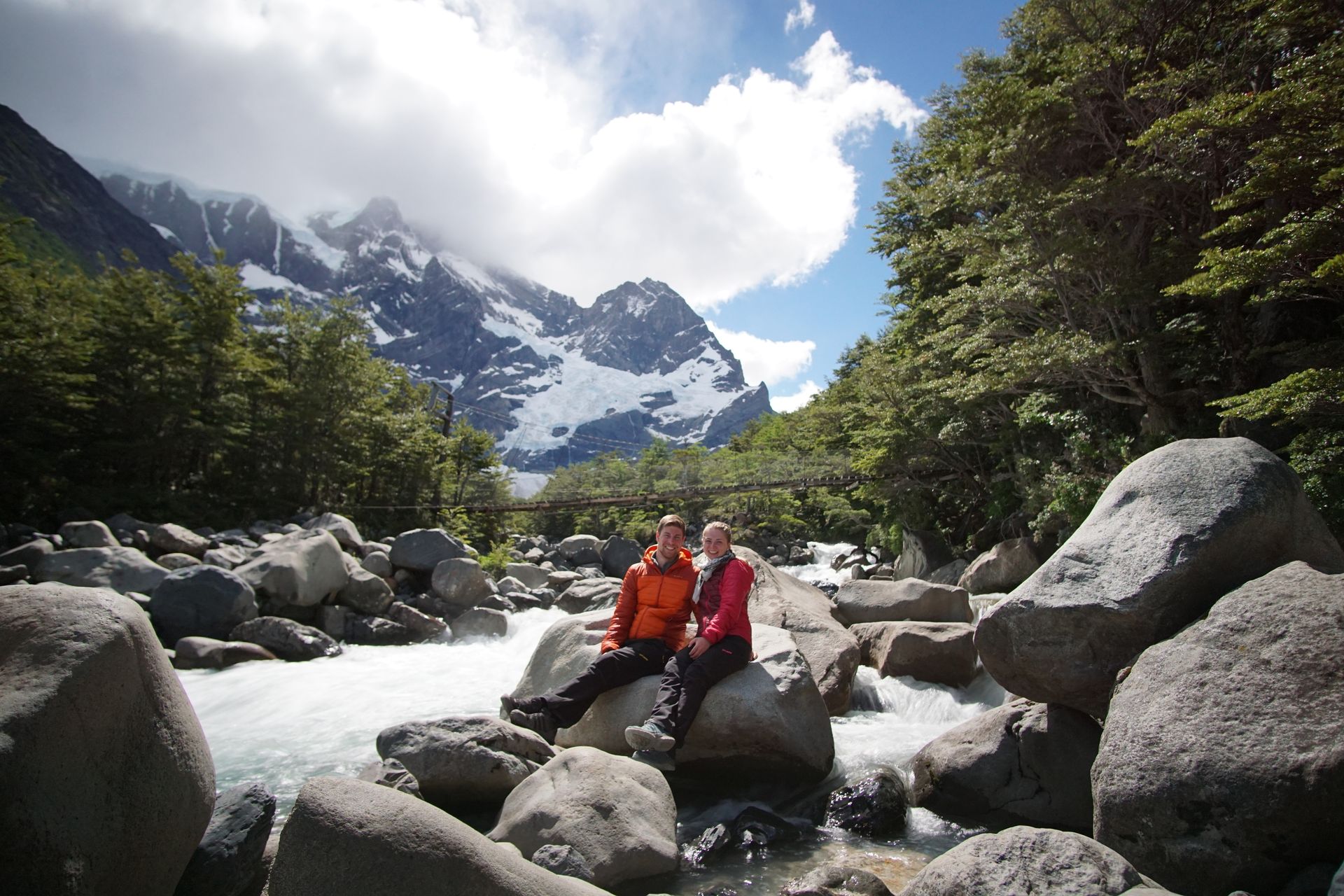
Today will be a slightly shorter night. We have decided to get up at night and watch the Patagonian starry sky, and we are rewarded with a view of the Milky Way. Although it is in the middle of the night (around 2 o'clock in the photo), there is still some light on the horizon. The nights are very short here in the Patagonian summer and it hardly gets dark.
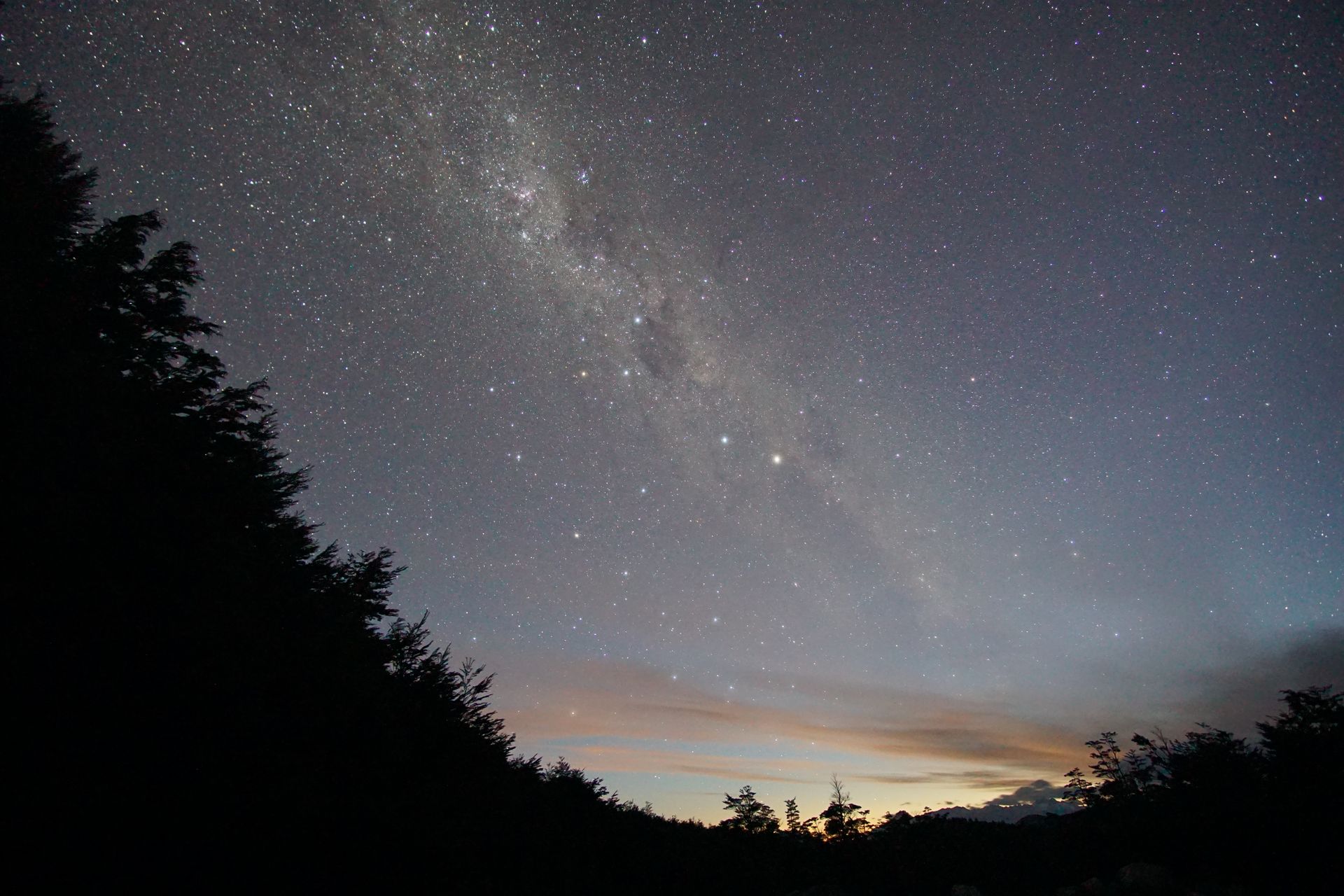
The night sky above Camp Italiano
On the fourth day, we only have to walk 2km to the next camp. However, we also want to go to the Valle de Frances viewpoint, which is about 10km from our camp. Unfortunately, the weather is not as good as the day before, and some clouds obscure the view from the viewpoint.
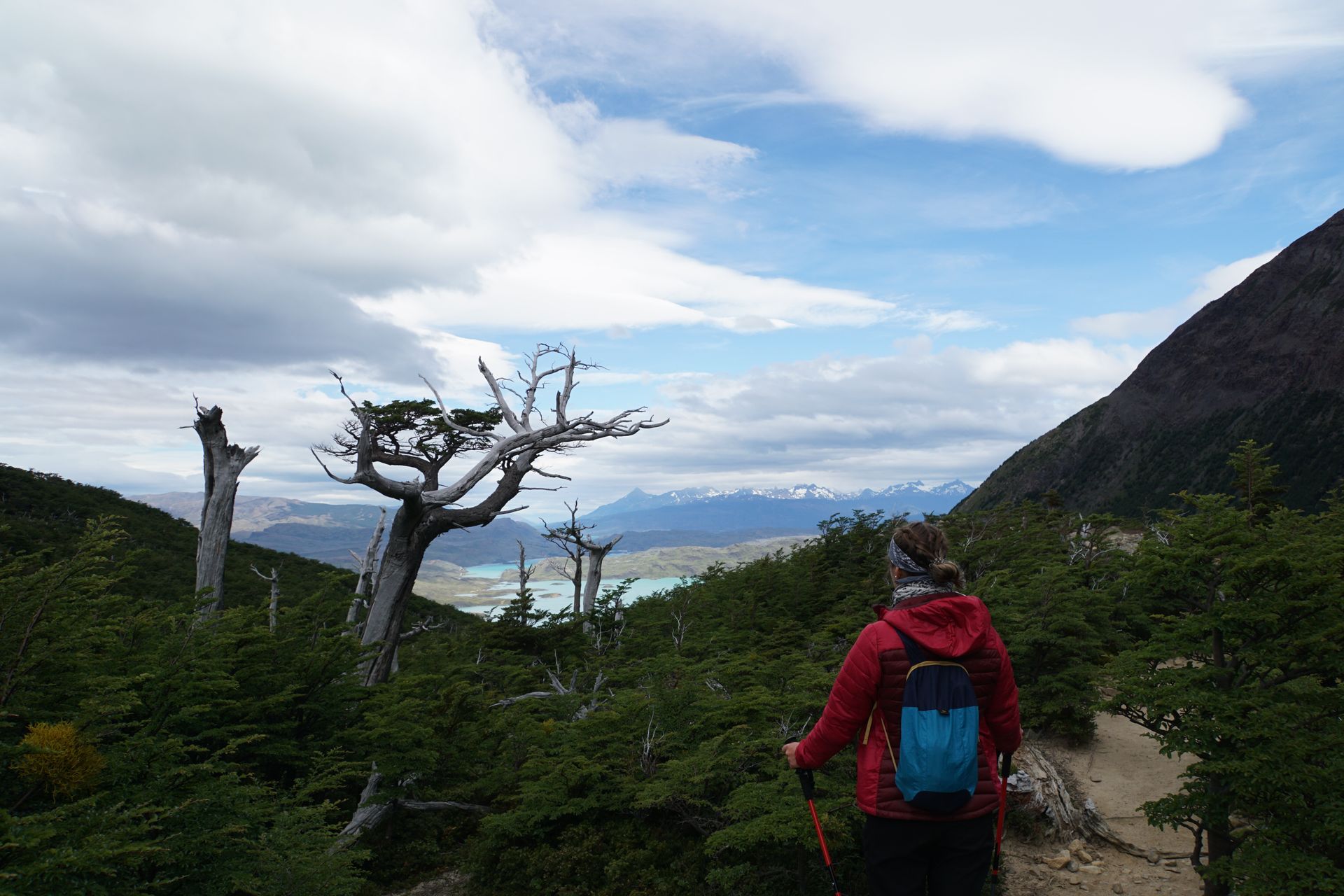
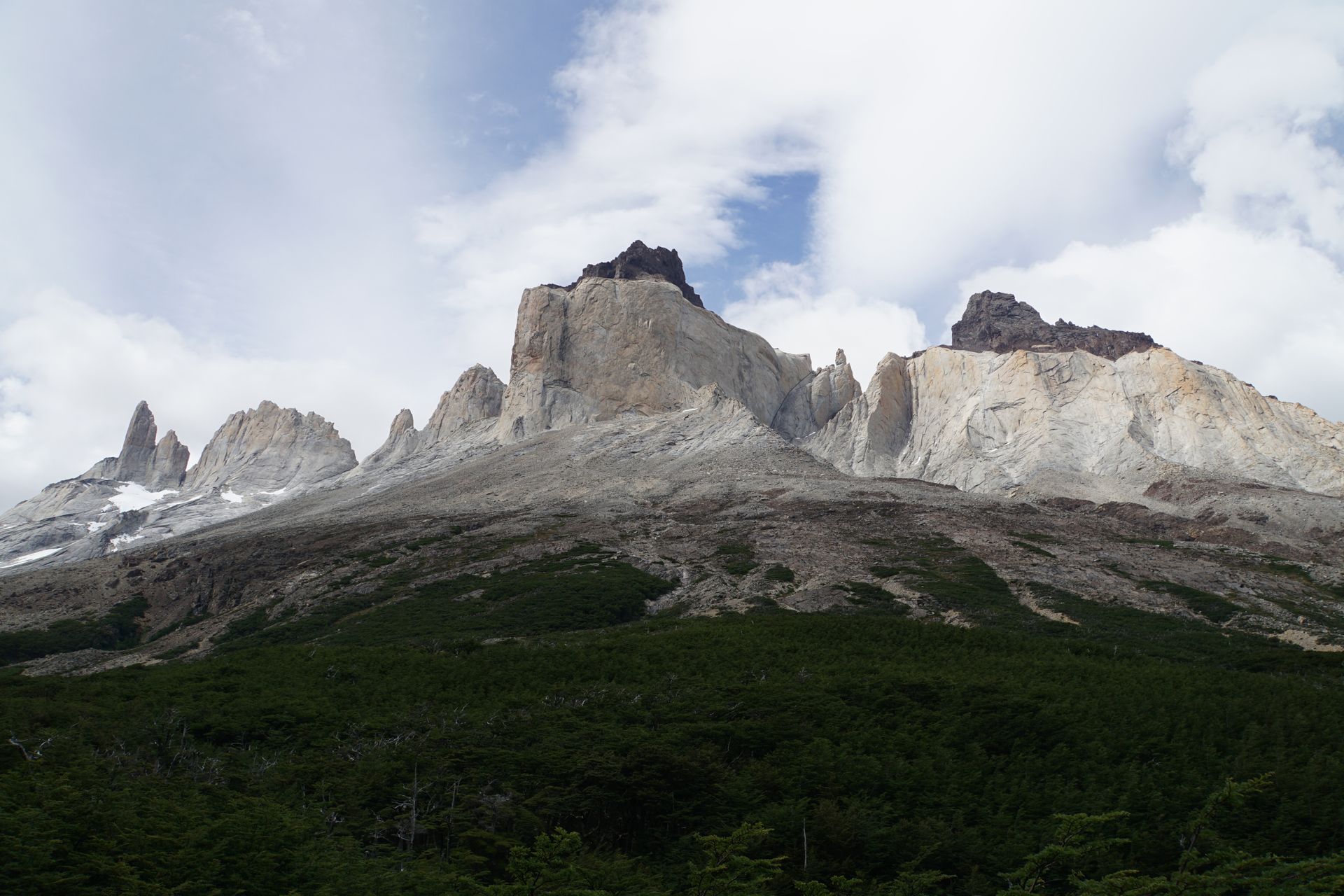
This great mountain range awaits us at the end of Valle Frances
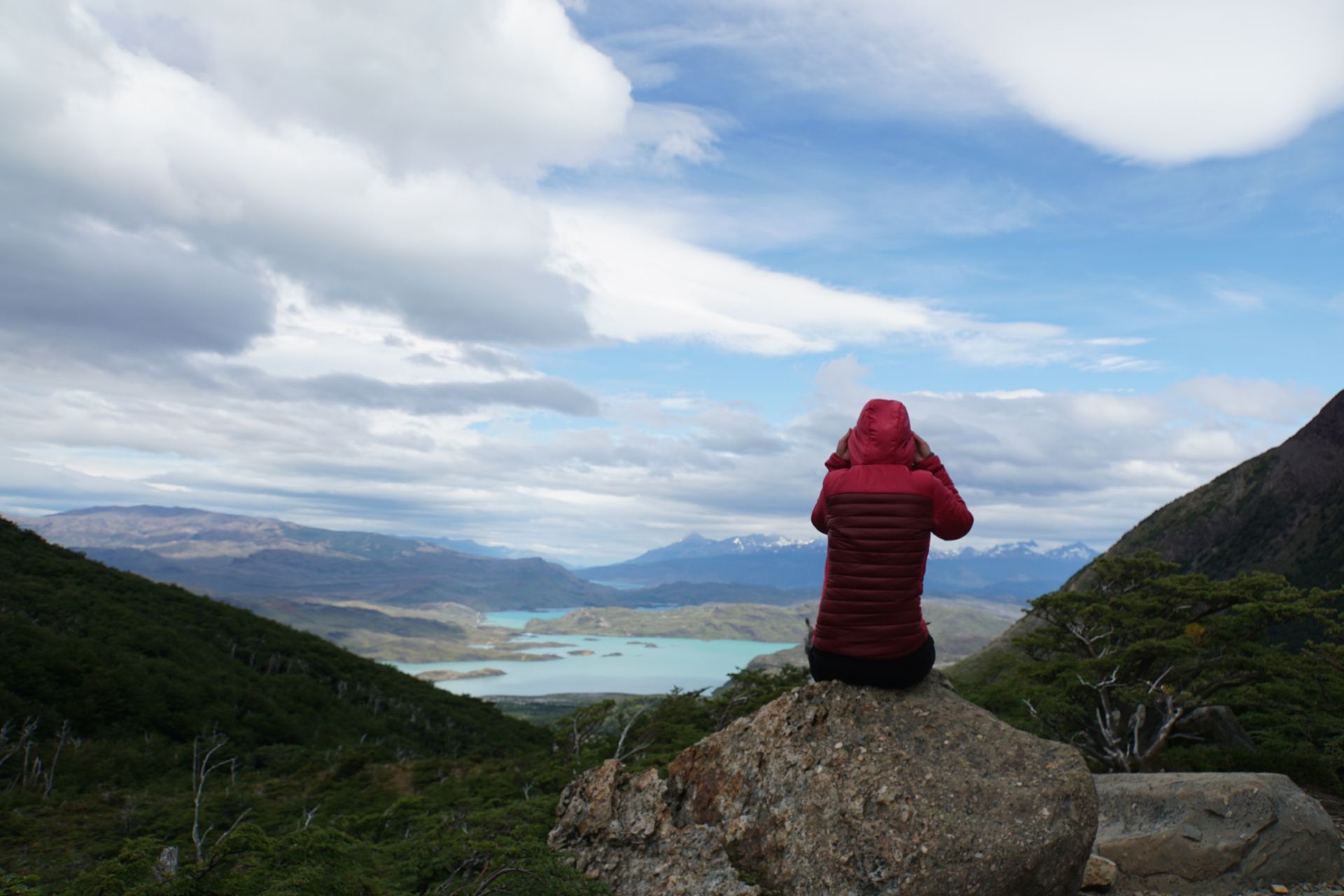
The Frances camp is beautifully laid out. You are assigned a platform on which you can set up your tent. At dinner, we are lucky enough to watch a Magellanic woodpecker at work.
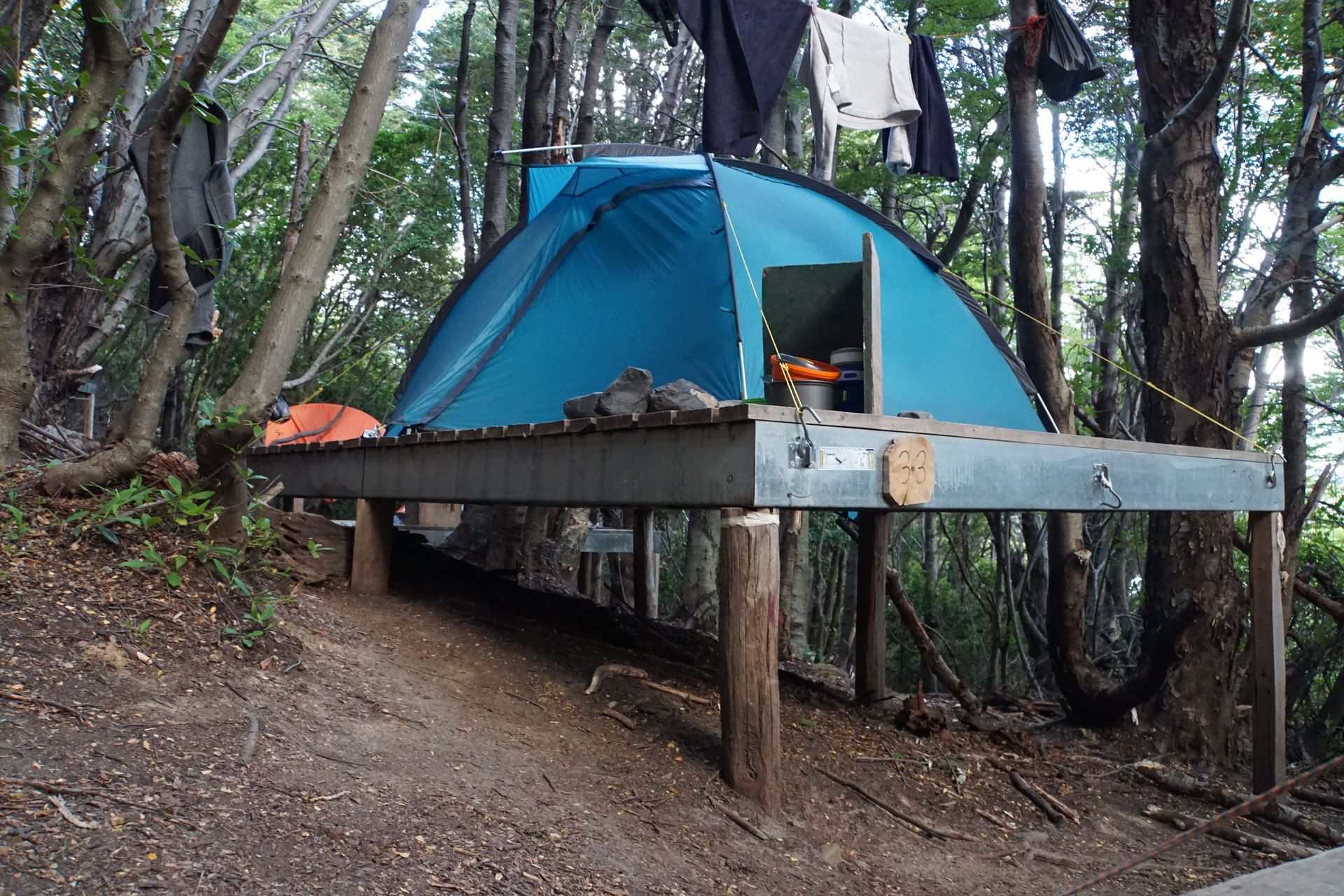
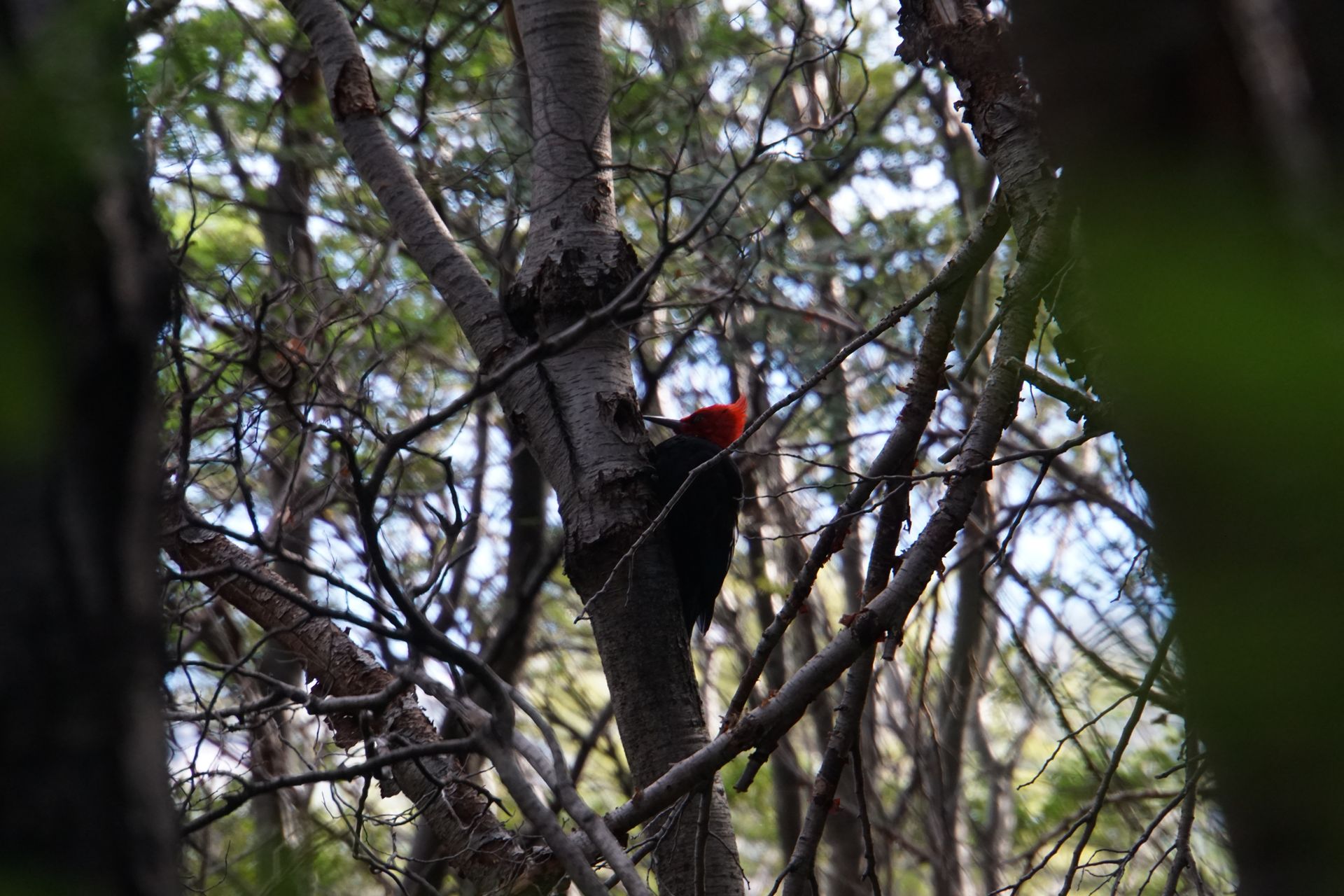
We walk about 6.5 hours to our last camp in the park. On this day, the Patagonian west wind shows us what it's capable of. Storm gusts sweep across the lake, which we walk along, and stir up the water.
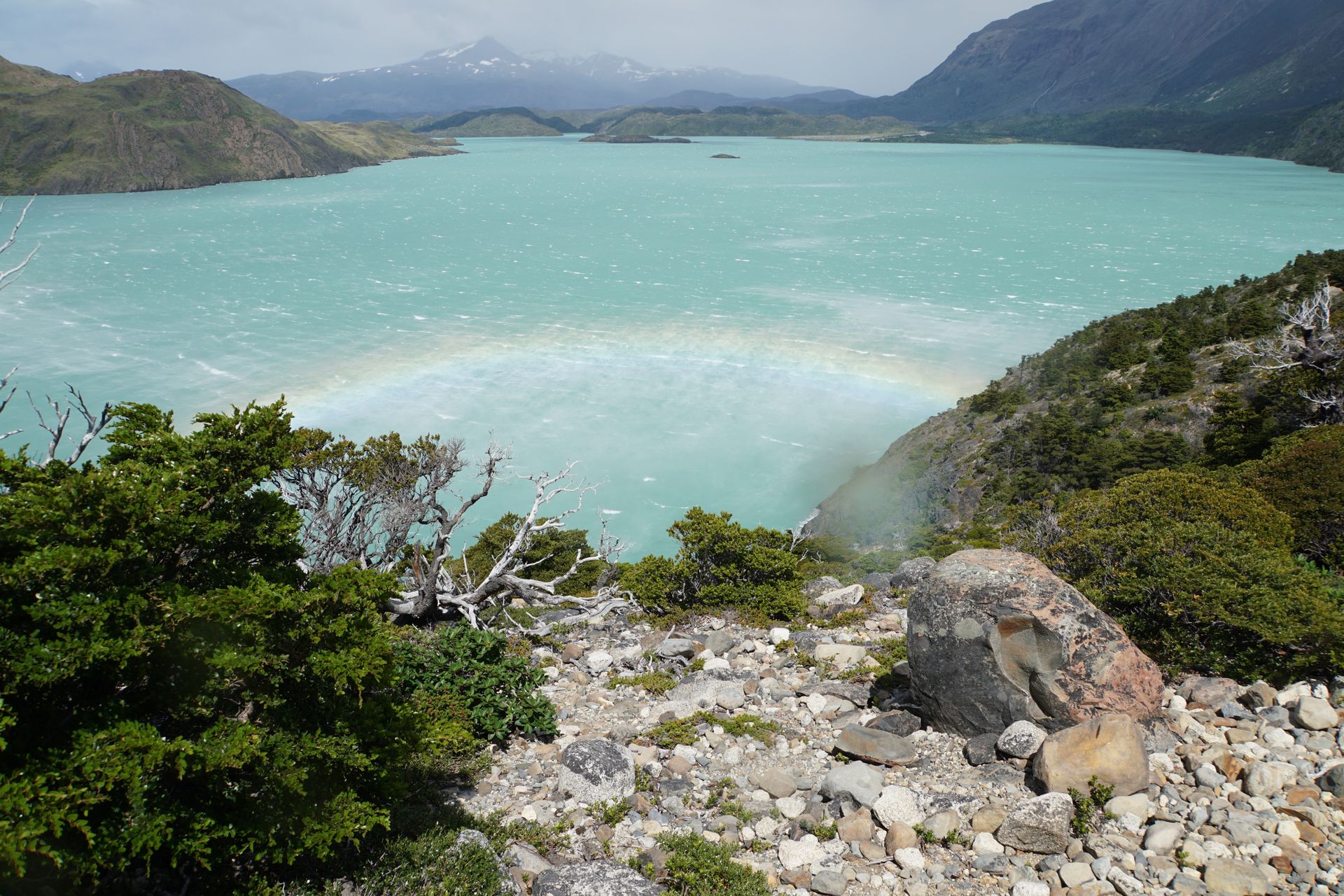
Our backpacks are caught by the wind more than once and force us to make an extra 2-3 meters to the left or forward involuntarily. Thank god the path is relatively wide and there are no steep drop-offs on the sides.
For the last day for now, we decide to hike up to the Torres, the main attraction in the park. The sun is shining at our campsite, and we are very optimistic!
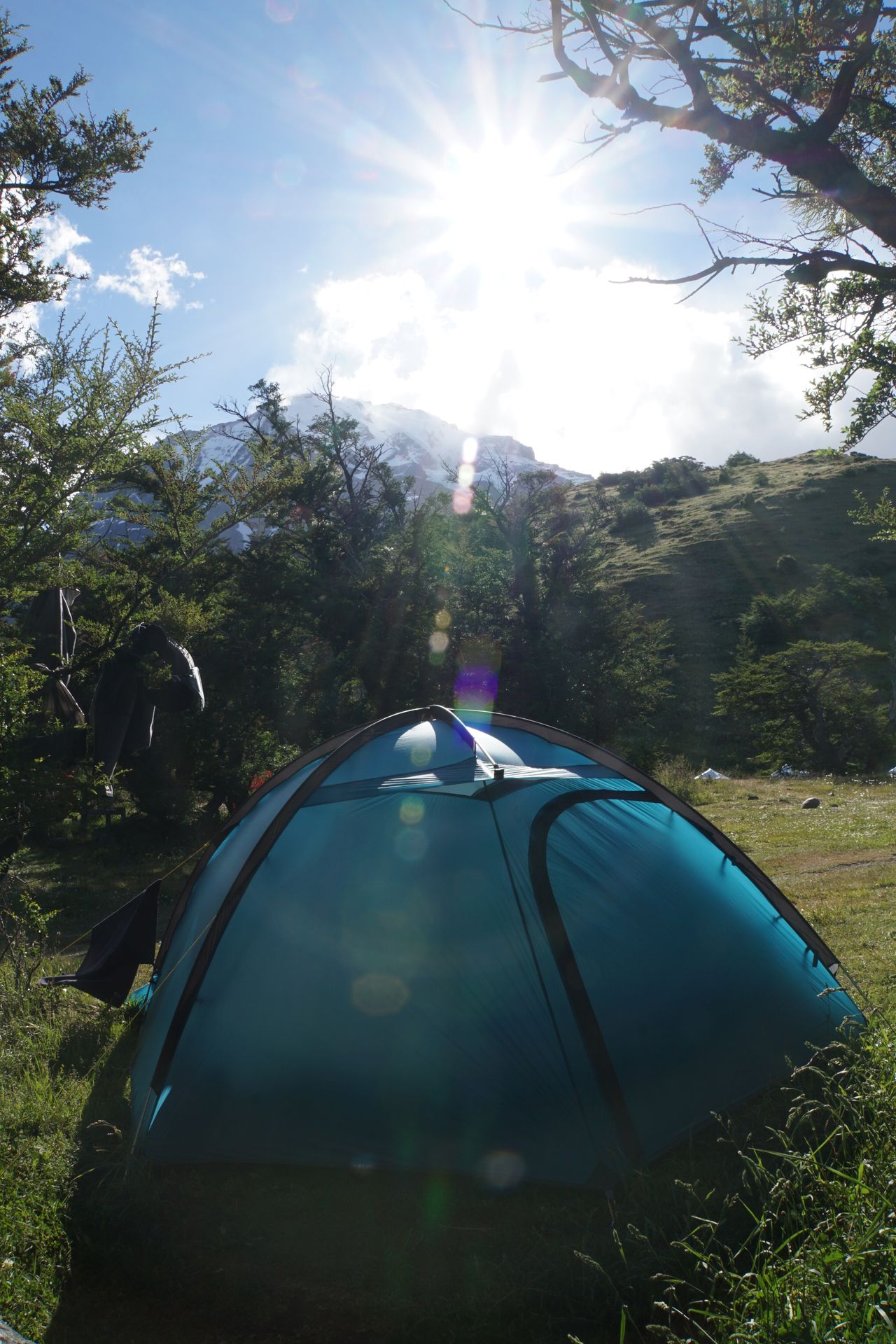
The ascent is not a big problem. We only have to conquer 800 meters in altitude, and only the last kilometer is slightly steeper uphill, so it's not worth mentioning. However, on this last kilometer, due to the many day tourists, there is a traffic jam! Finally, when we reach the top, it starts snowing-.- The wind is icy around our ears, and to make matters worse, the Torres are completely shrouded in clouds. Freezing and somewhat wistful, we descend back to the camp.
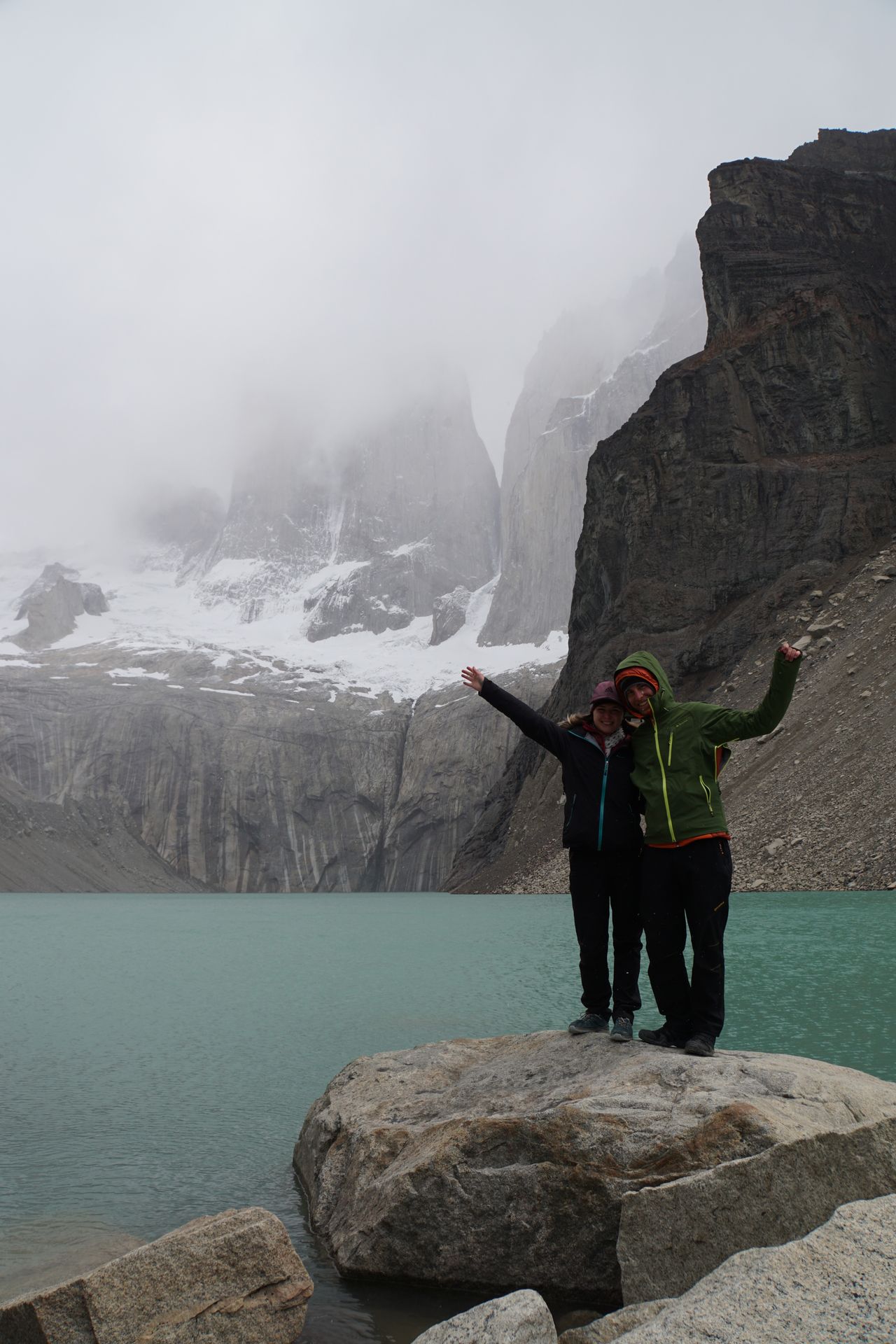
Since we still have one more day in the park and the weather for the next day promises a better view of the three towers, I set off early the next morning at half past five to the Torres. Laura takes the day to recover from her cold, the last few days were not exactly conducive to a speedy recovery. When we reach the Torres, the view is fantastic, although not completely clear (the smallest tower is often shrouded in clouds). Fortunately, there are hardly any day tourists at the Torres at such an early hour. There are a maximum of 15 people at the top, and so we enjoy the beautiful view in a small group.
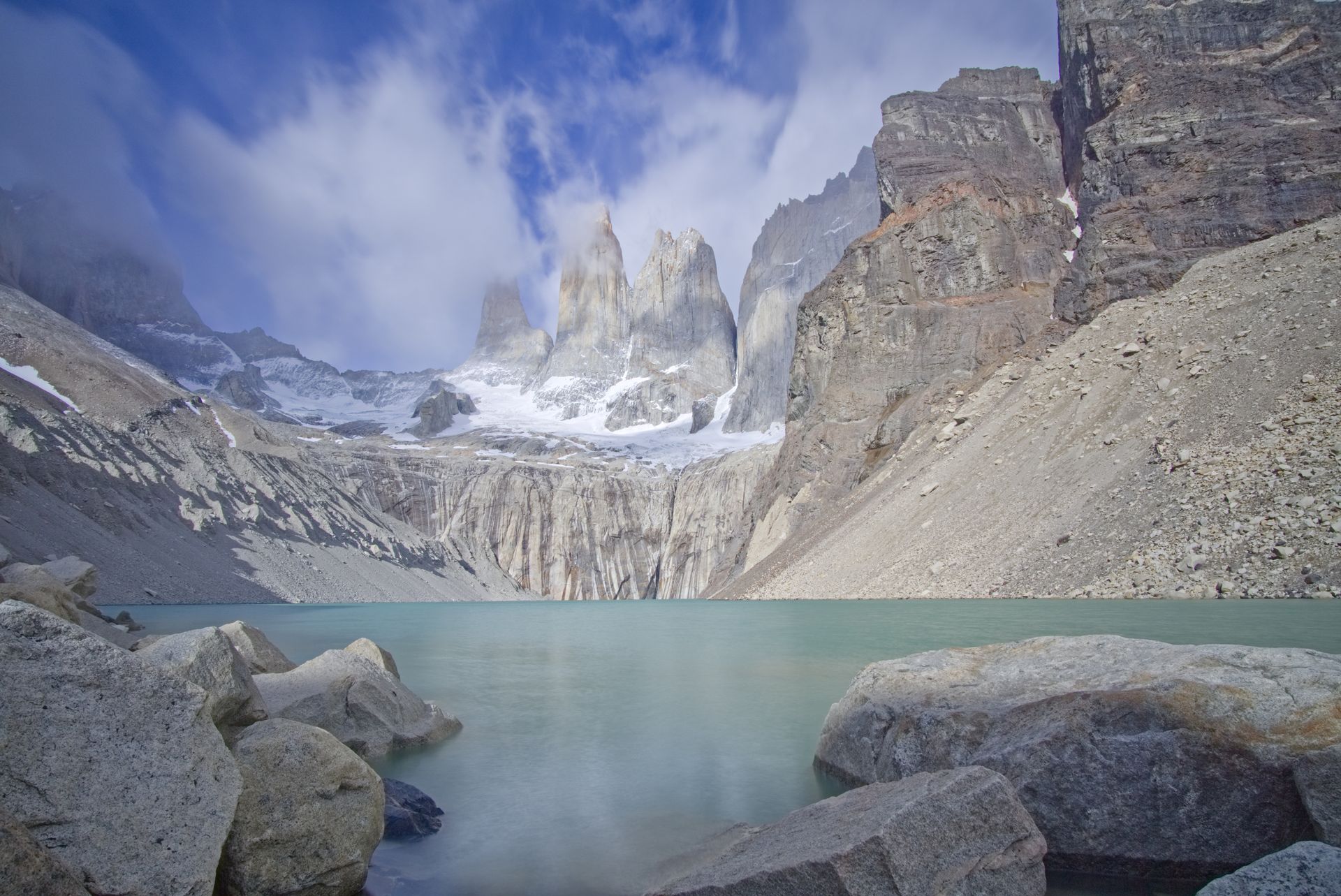
After descending to the camp, we pack everything together and make our way back to Puerto Natales. All in all, we were really impressed by Torres del Paine National Park. It really has everything to offer: glaciers, icy and bright blue lakes and lagoons, forests and meadows, surreal silver-gray landscapes full of dead trees, and wonderful mountain ranges. If you are looking for variety and enjoy hiking, this is the place to be. Of course, this park is no longer a hidden gem, and if you are looking for isolation and tranquility in nature, you are in the wrong place. We have only found that in the Huascaran National Park in Peru so far. But nevertheless, Chile's Patagonia is beautiful and rich in species, and every new curve holds a new breathtaking view!
Agsubscribe iti Newsletter
Sungbat (1)
Halmut
Hallo, wie lange dauert denn der Weg vom Refugio Grey bis zu den beiden großen Hängebrücken am Glacier Gray und zurück? Wir haben nur eine bestimmte Zeit, bis unser Boot kommt. Vielen Dank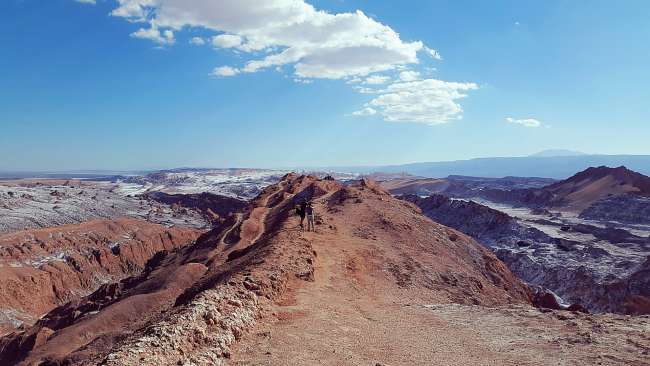
Dagiti report ti panagbiahe Chile
